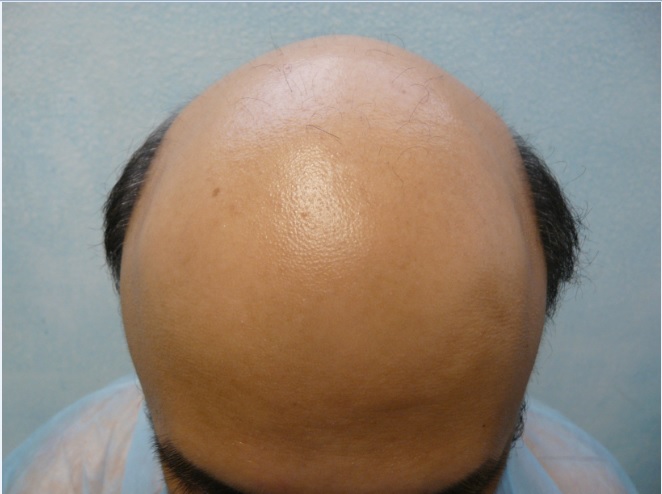Last year, many news sources on the internet reported on the possibility of using Lumigan for restoring hair on the scalp. A research study was led by Valerie Randall of Bradford University in the United Kingdom. The basis of this research was to see if Bimatoprost could also grow hair on the scalp. Follicles from the eyelashes are different from those on the head.
Lumigan was applied to scalp tissue and hair follicles from humans in two of experiments. In the third one, mice with bald spots received the drug. Hair growth was seen in all three contexts.
Bimatoprost acts on receptors embedded on the hair follicles. It’s mechanism is believed to work in a lock and key fashion, helping to stimulate the process of growth. This can happen even in the presence of DHT which promotes the opposite dynamic of hair loss.
The Bradford University findings were published in the FASEB (Federation of American Societies for Experimental Biology) Journal. The possibility of using Bimatoprost for hair restoration in treating male pattern pattern generated much excitement among members of the public and research community.
2013 Update to Bimatoprost Clinic Trial Research for Restoring Head Hair
Phase two of this research endeavor involved applying Bimatoprost directly to the head (as opposed to cultured environments). Subjects included 220 males with pattern baldness and 172 females with pattern baldness
Earlier this year, Allergan announced that they will not be developing late stage research for the effects of Bimatoprost on hair loss any time in the near future. This decision was made based on the effectiveness of the drug shown during the mid stage trials.
A biochemical approach to solving the issue of pattern baldness is complex since it involves many different pathways, as opposed to just one. More research is needed before pharmaceutical companies are able to actually offer reliable drug treatments.
Hair transplant procedures, on the other hand, physically transfer follicles from the regions on the head or body. It is now possible to restore hair even for those with severe hair loss. Click here to learn more.

